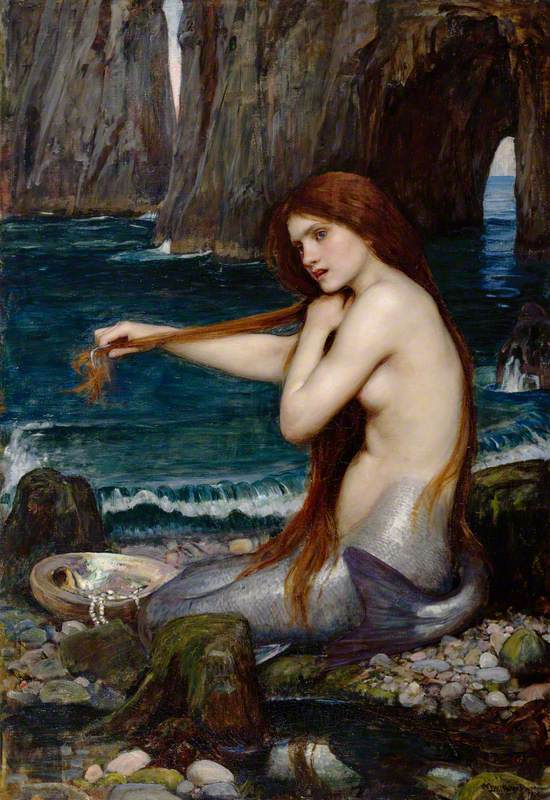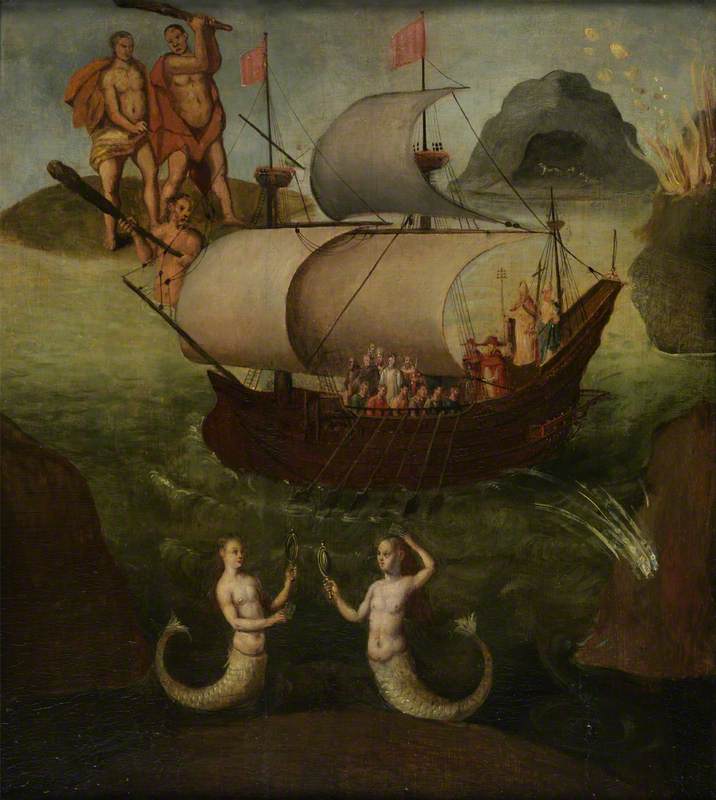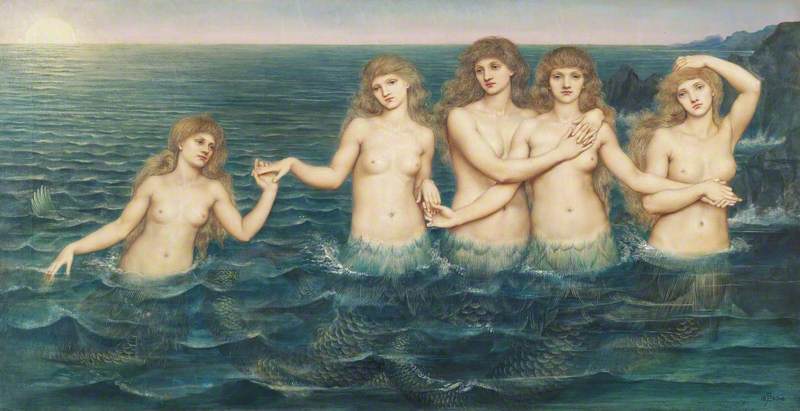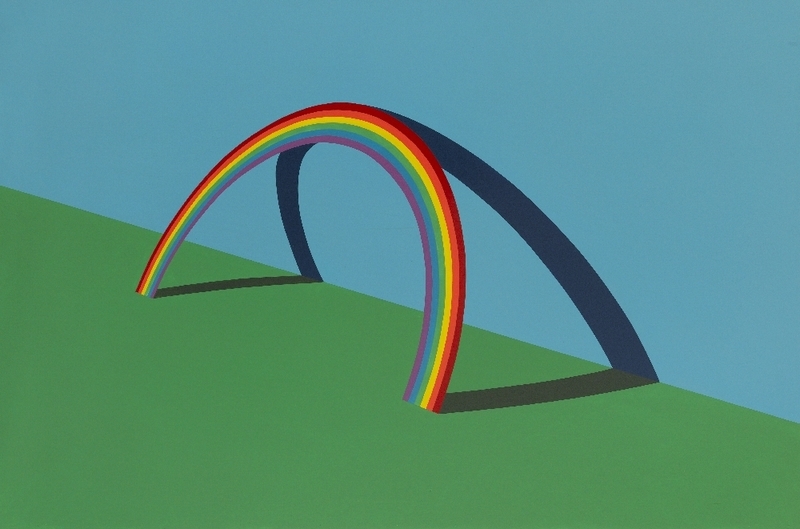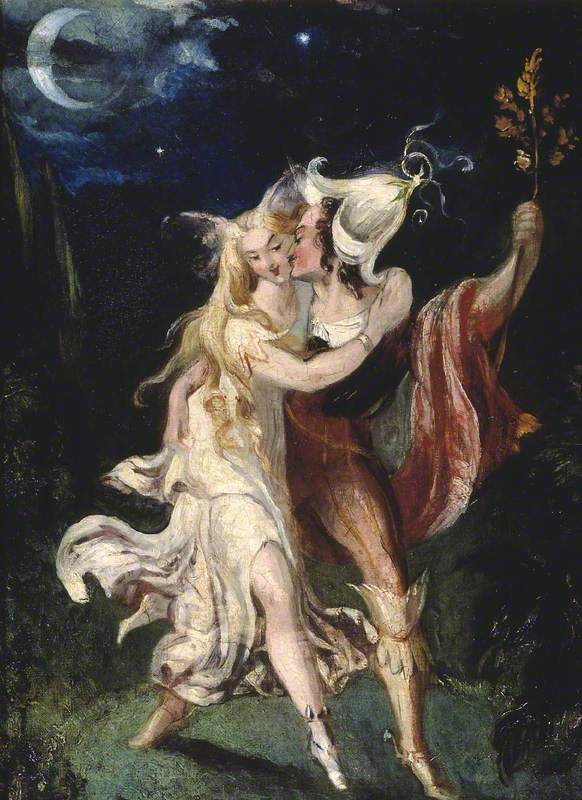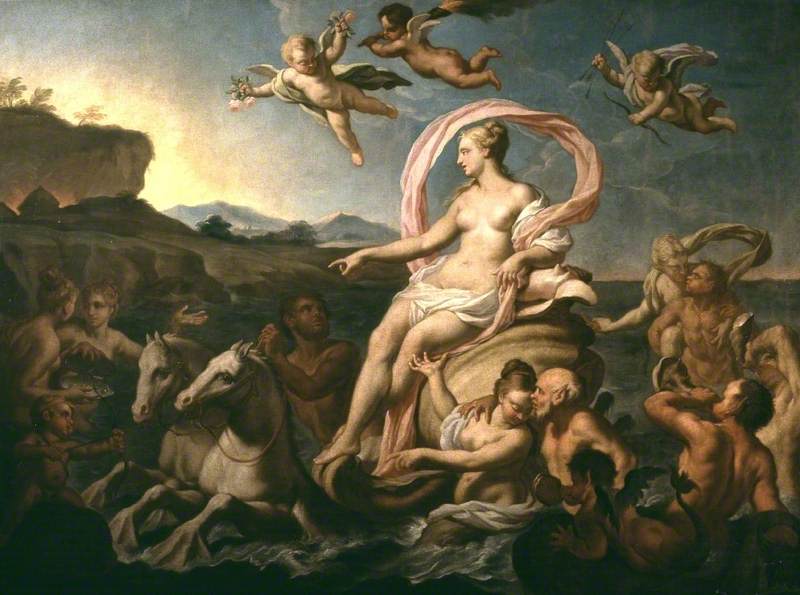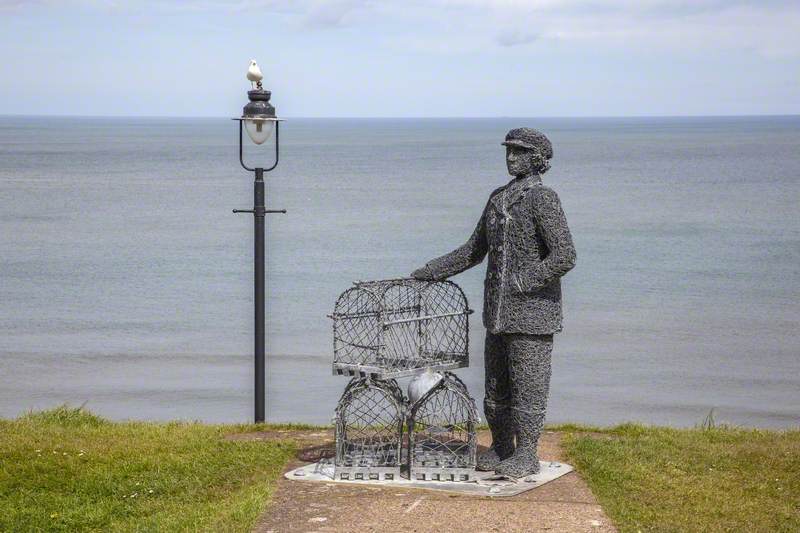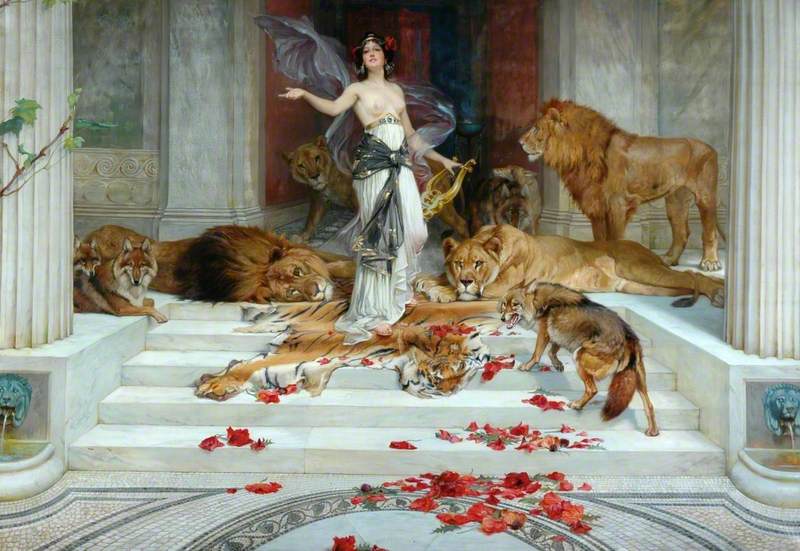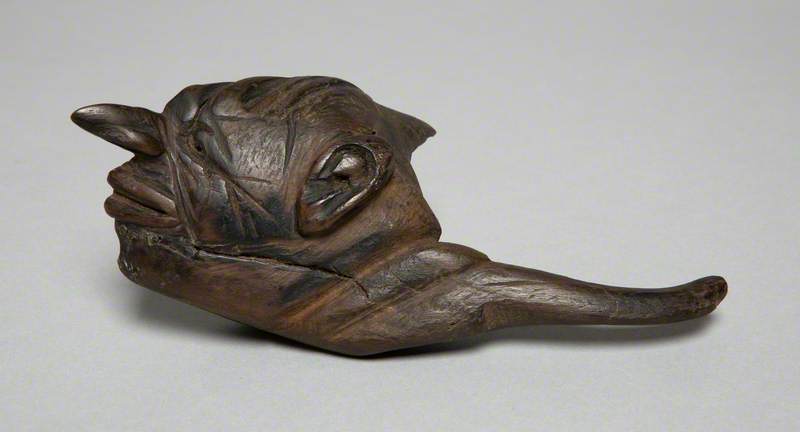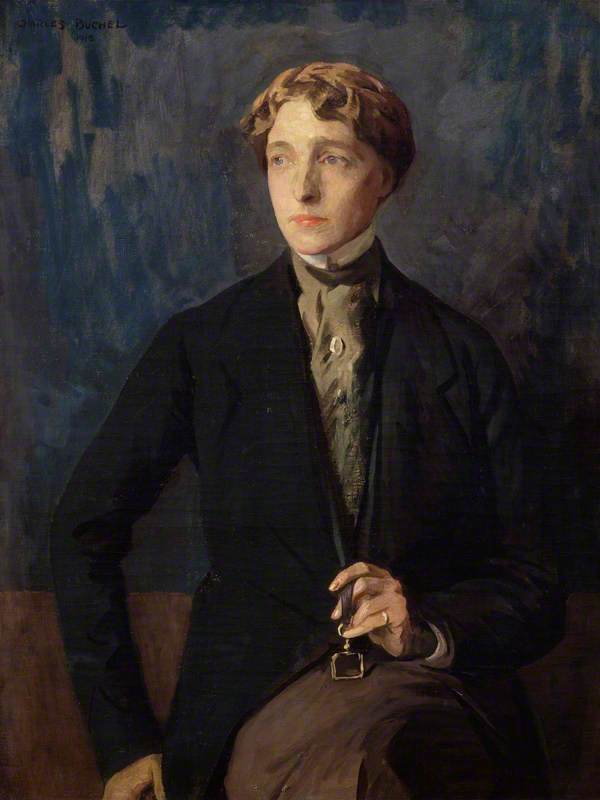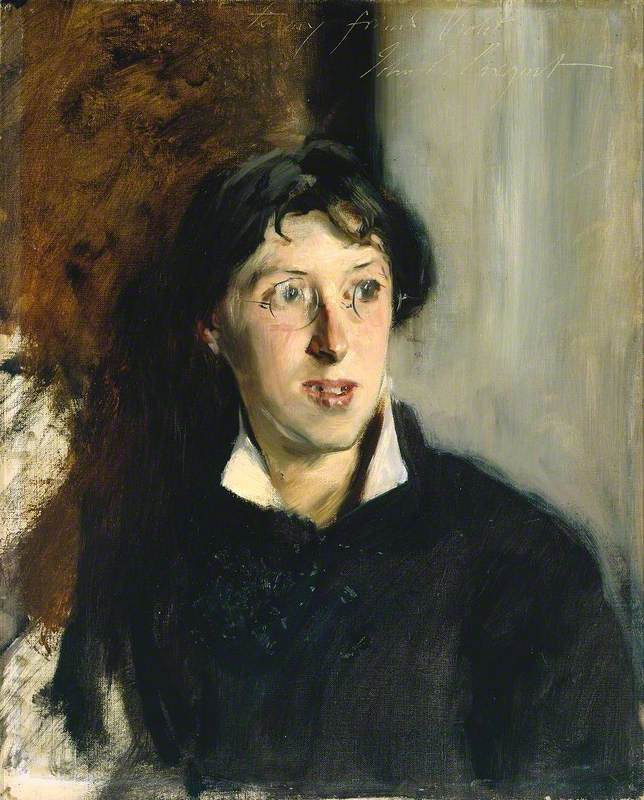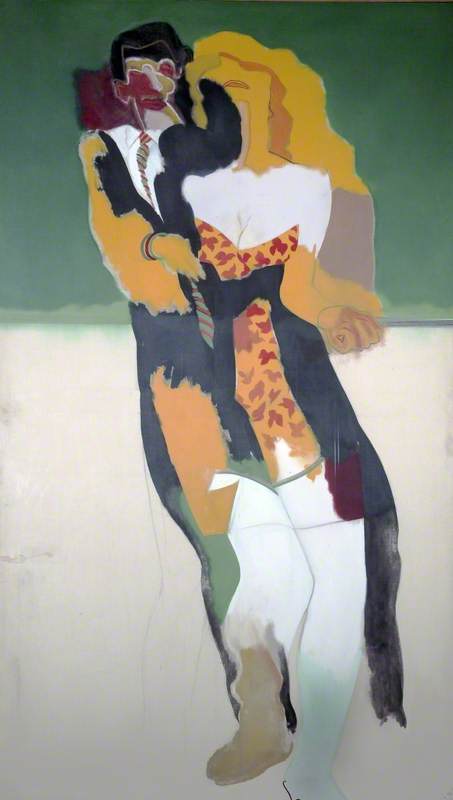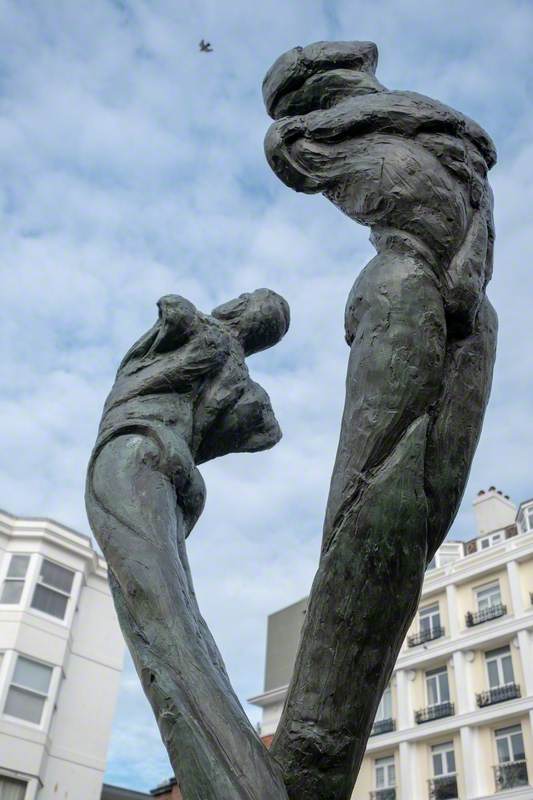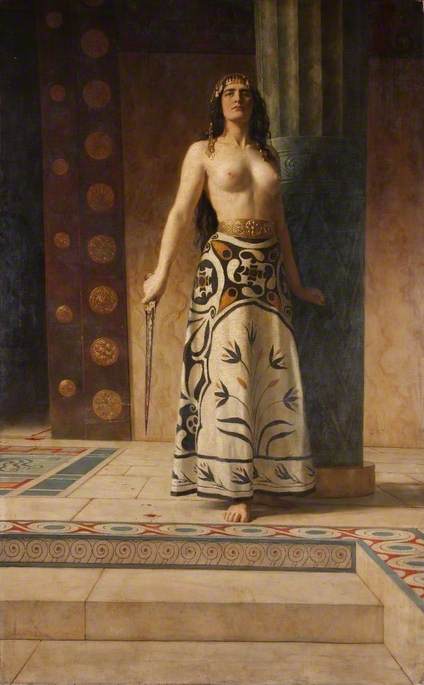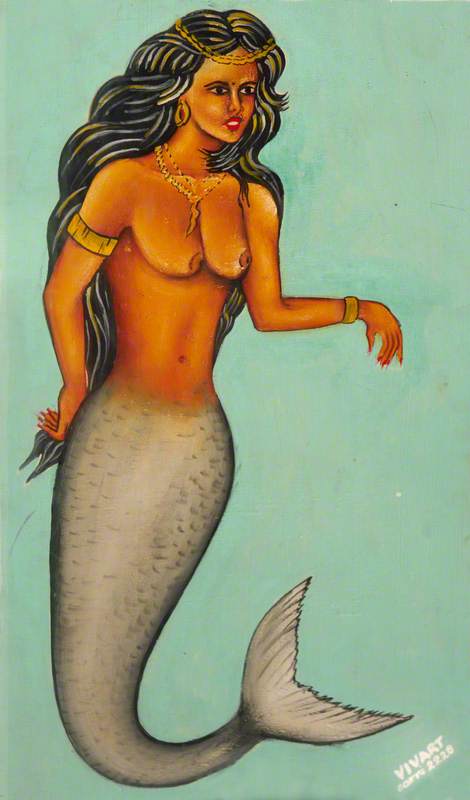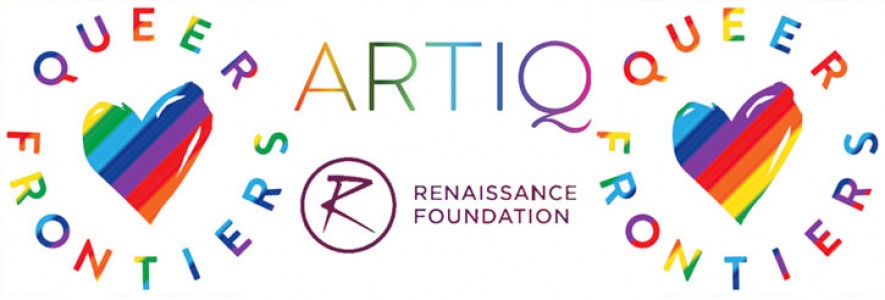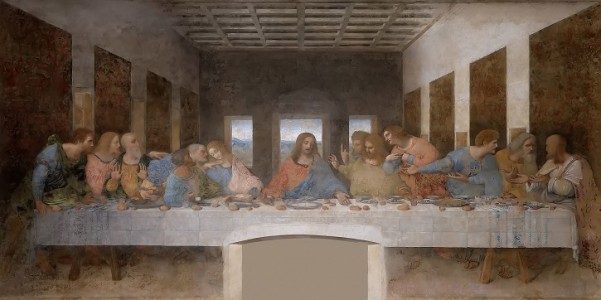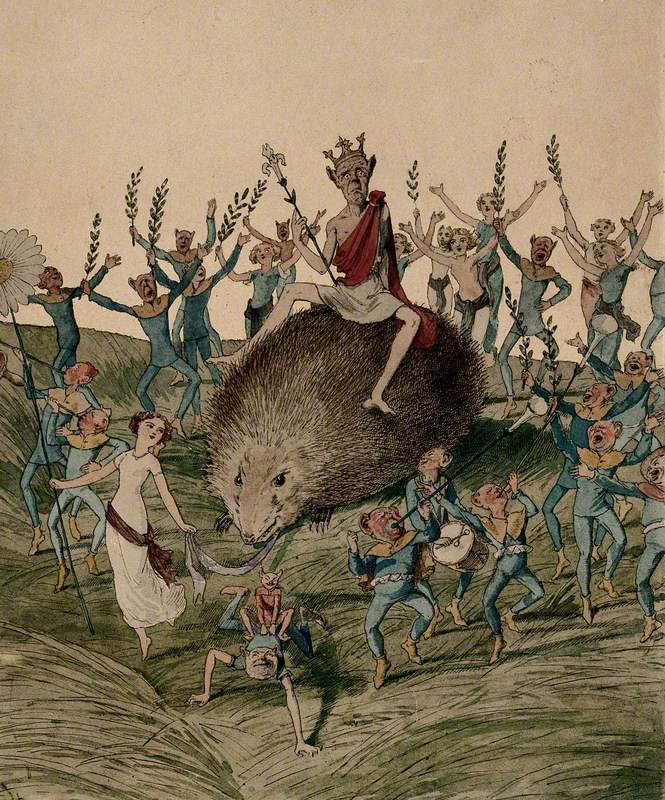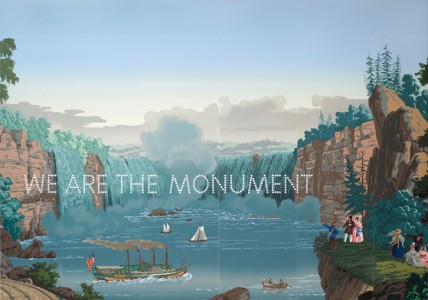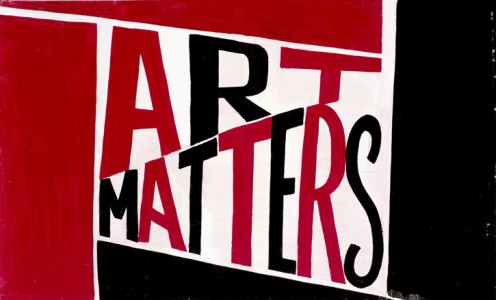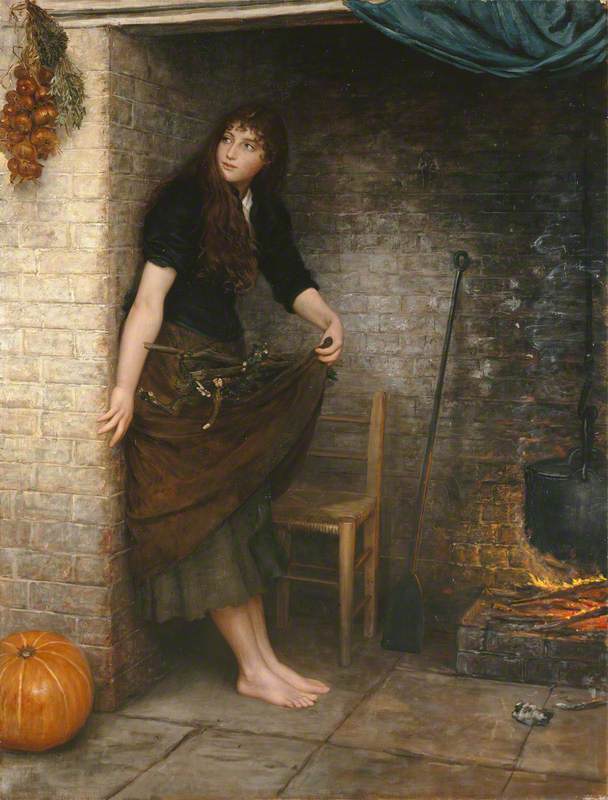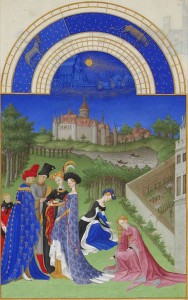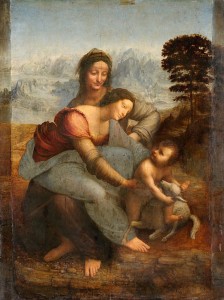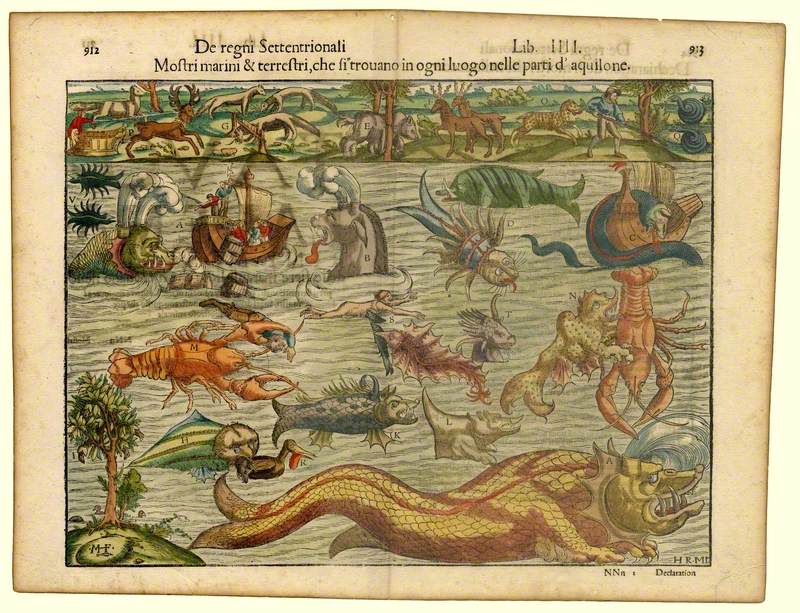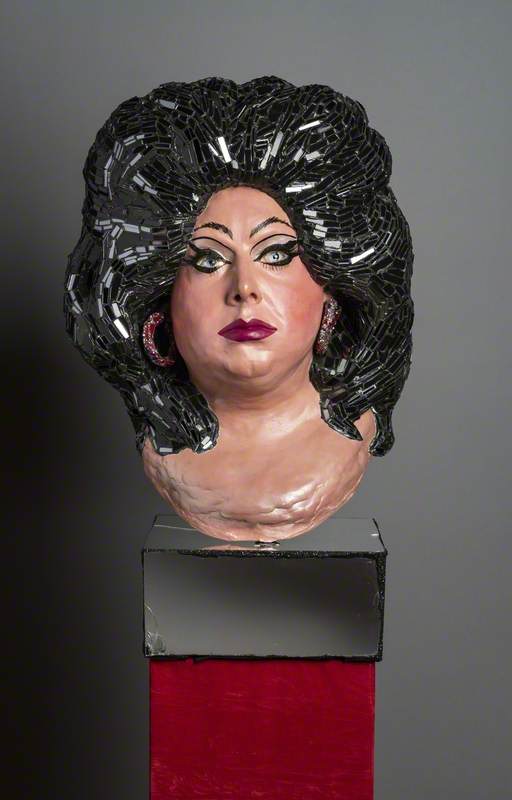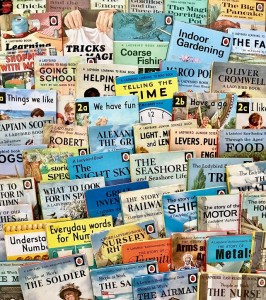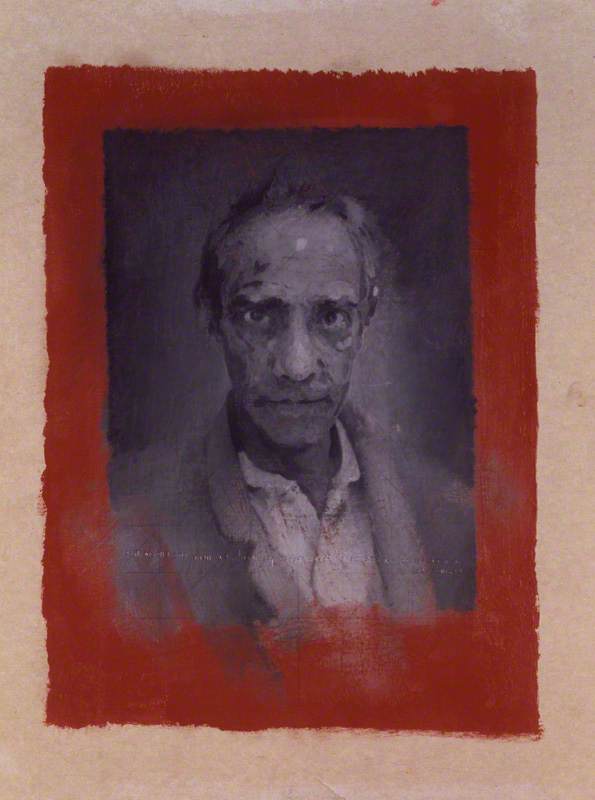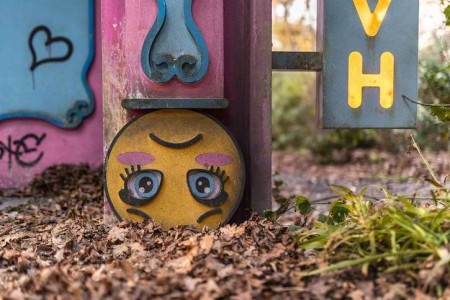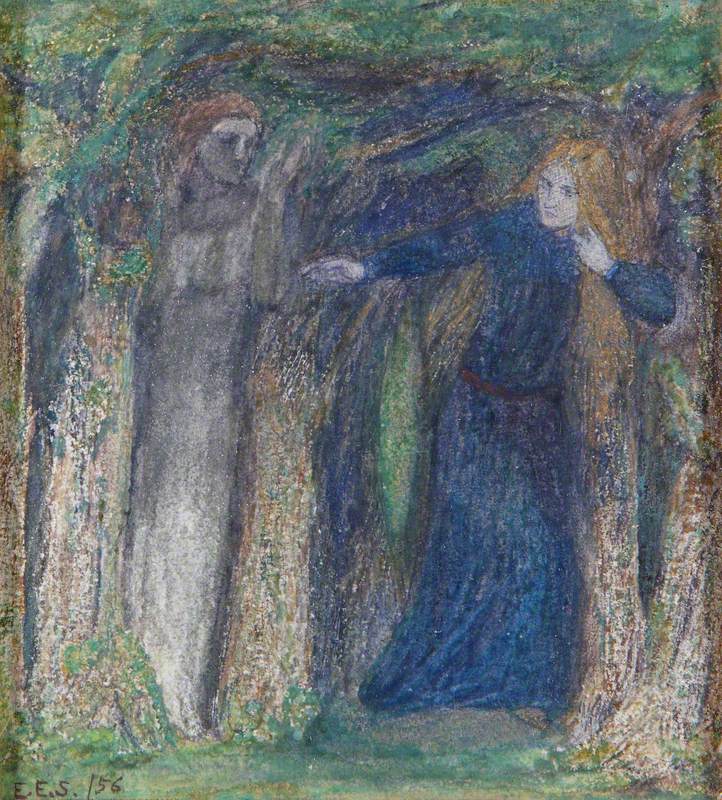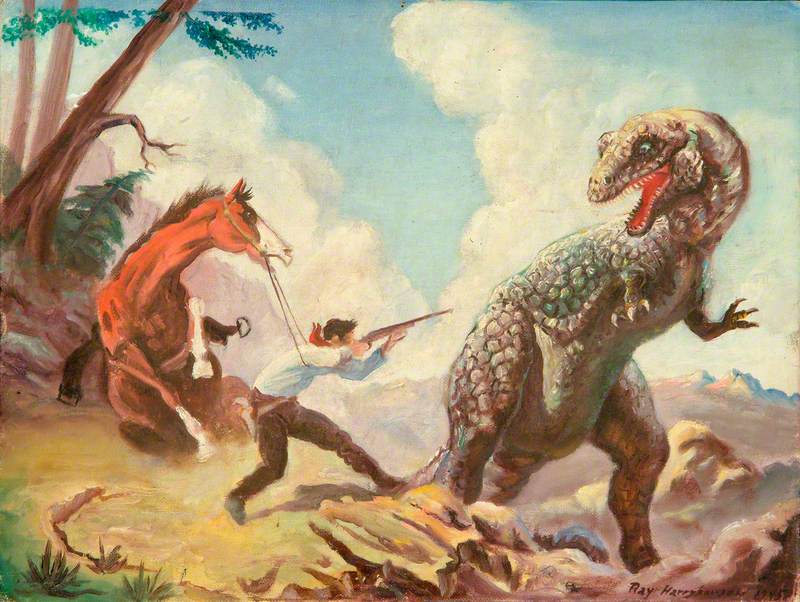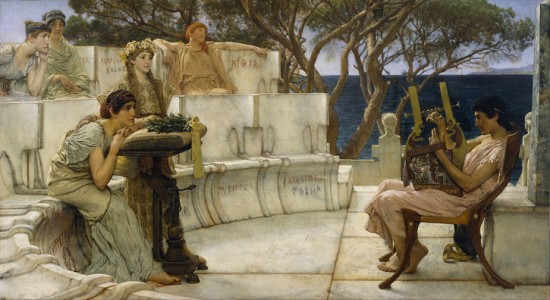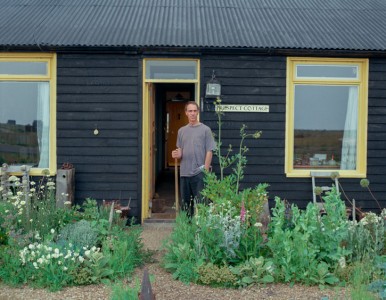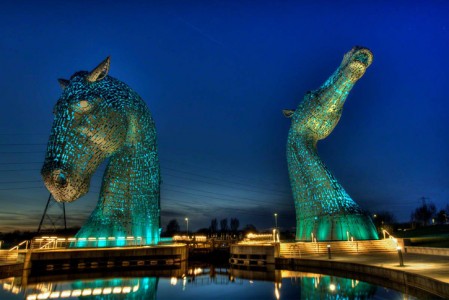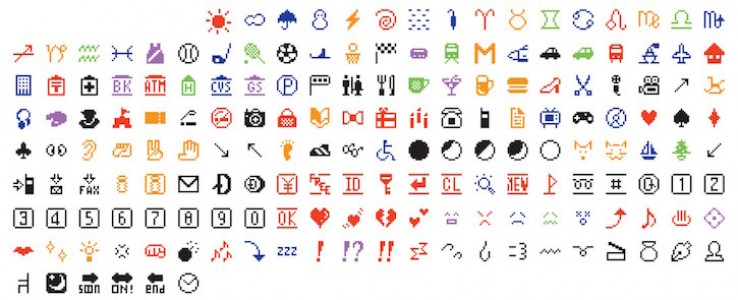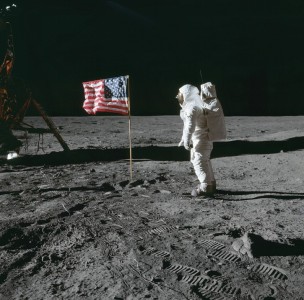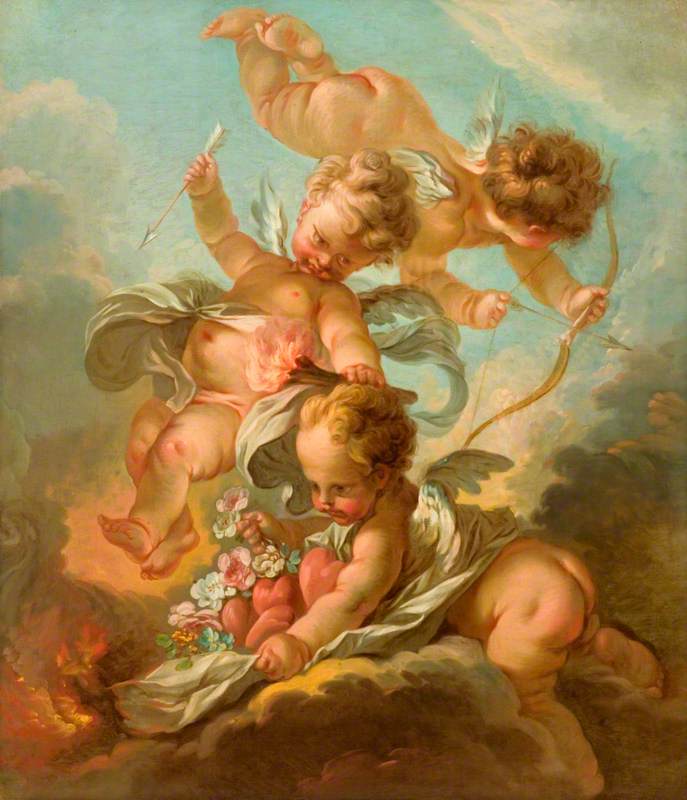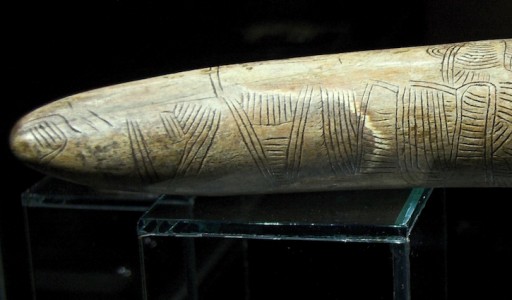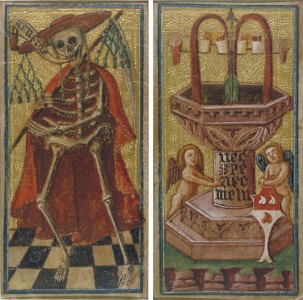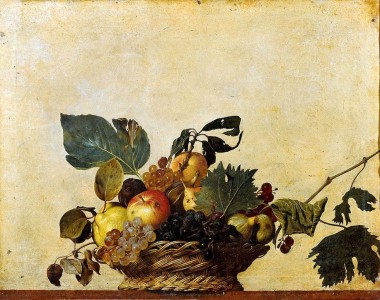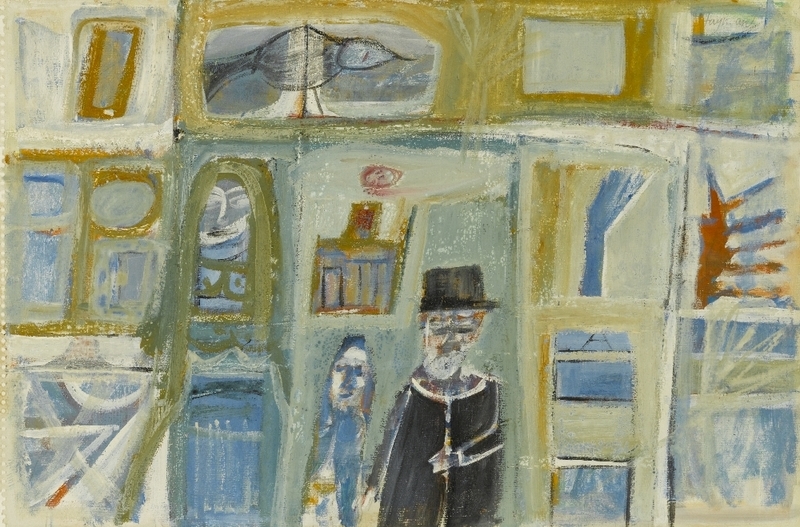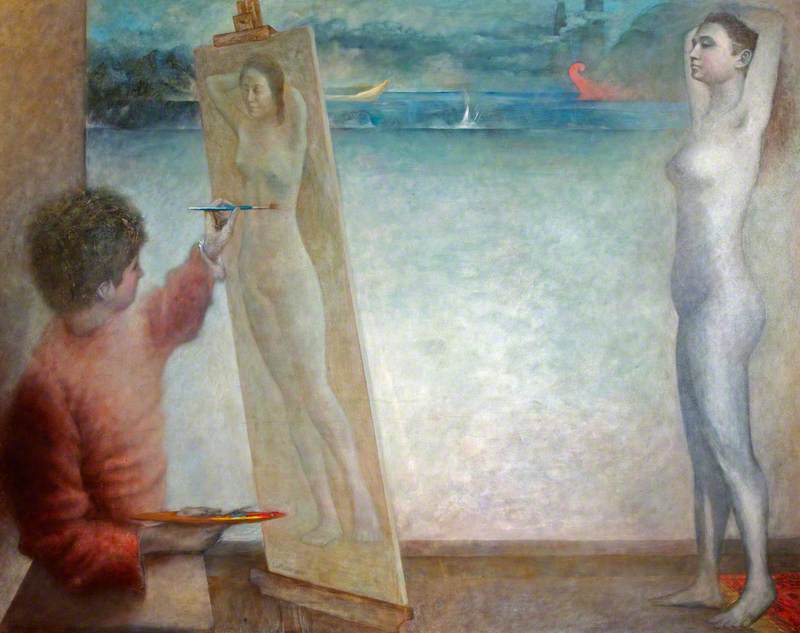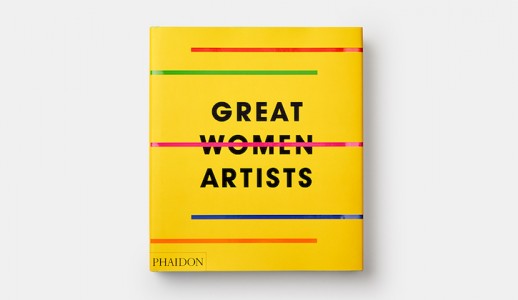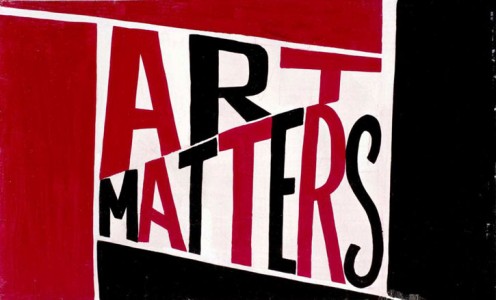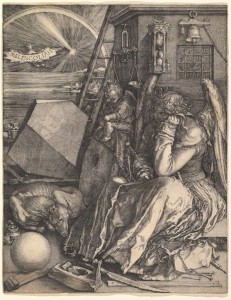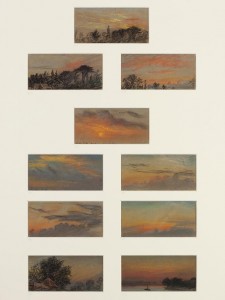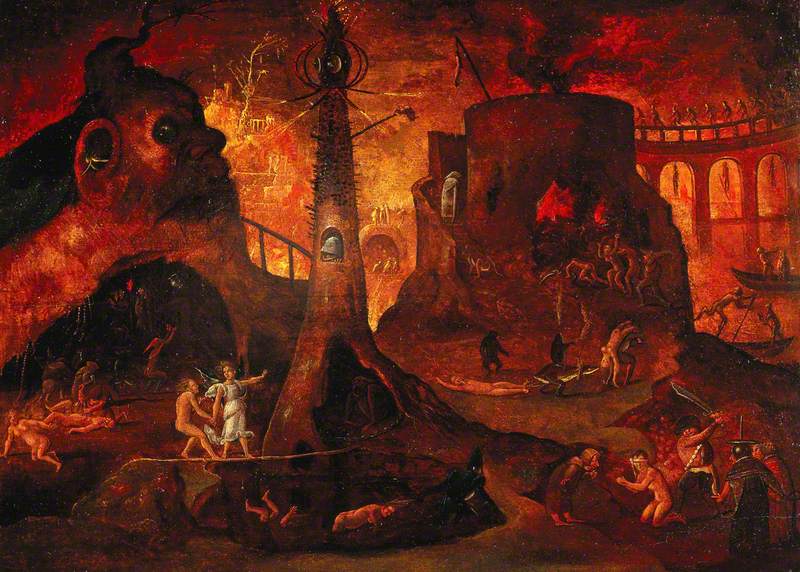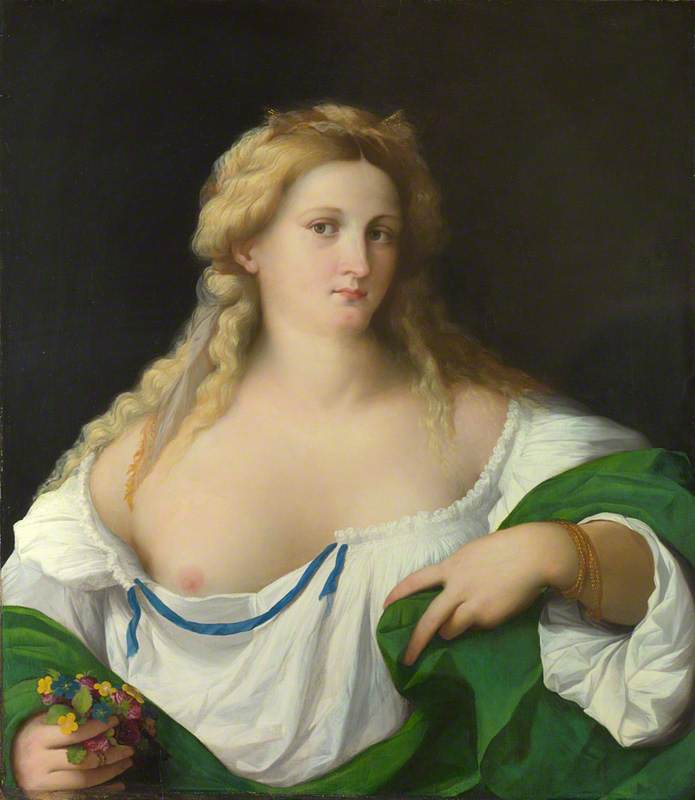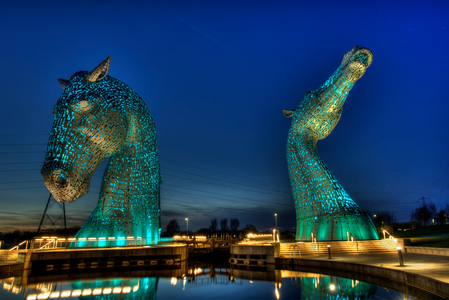Art Matters is the podcast that brings together pop culture and art history, hosted by Ferren Gipson.
Download and subscribe on iTunes, Stitcher or TuneIn
We’re taking a journey over the rainbow and under the sea to talk about fairies, unicorns, and mermaids. Oh my! No, we aren’t talking fairy tales – we’re discussing the symbolism of mythical creatures in the queer community. I spoke to Sacha Coward – Community Participation Producer at Royal Museums Greenwich and self-proclaimed mermaid hunter – about where these symbols come from and how we can find them in art.
'My real passion – as a gay guy working in heritage – is on the queer perspectives that we can have on culture, heritage and art. When I’ve been working, I love finding little things that I can bounce off of to tell a strong queer story, and that’s where mythical creatures come into it,' says Coward.
A Virgin and a Unicorn, Representing Chastity
Dosso Dossi (c.1486–1542) (circle of) 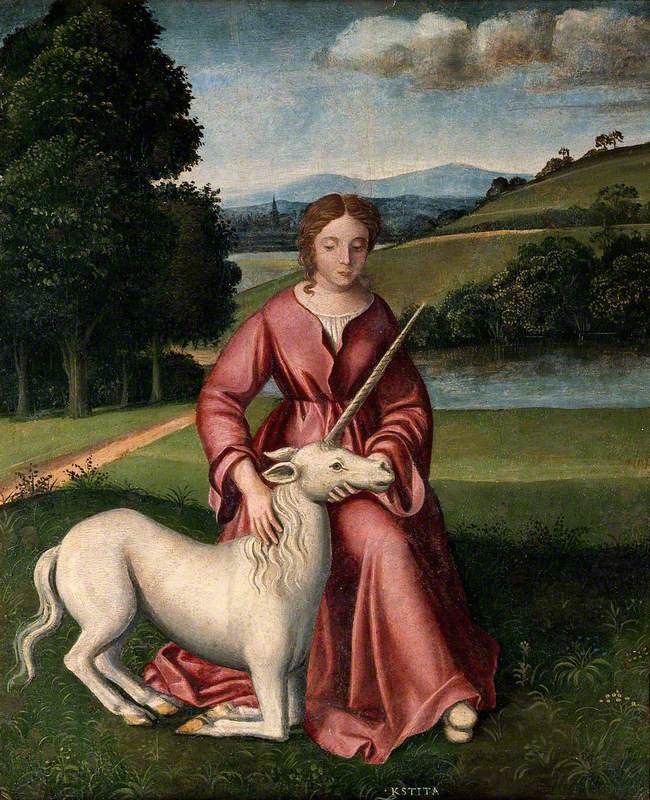
Certainly images of unicorns and mermaids are very prevalent in pop culture, but at various points these creatures have held different meanings. The unicorn can be a symbol of chastity and innocence, or can be used as a euphemism for something difficult to find. Mermaids, too, can hold complex meanings in art and literature. They can be portrayed as beautiful creatures of the sea or as sirens leading sailors to their death – lovely and dangerous all at once. There’s a dichotomy there that’s reflected most obviously in their half-fish, half-human appearance.
'You have this idea that [mermaids] are these beautiful creatures. There are often these same-sex environments when you would go out to sea – whether the Navy or the Merchant Navy – and you’d be away from your wife or your girlfriend, and mermaids are putting the feminine on the sea,' says Coward. 'But also, they’re sirens and they lure you to your death. There’s a painting – The Armada Portrait – that we have in the Queen’s House, and in the background, on the side, you’ll see a mermaid. This is because Queen Elizabeth I was kind of known as a bit of a mermaid in that she was this powerful female figure who was luring Spanish ships to their doom.'
The Fisherman and the Syren
1856–1858
Frederic Leighton (1830–1896) 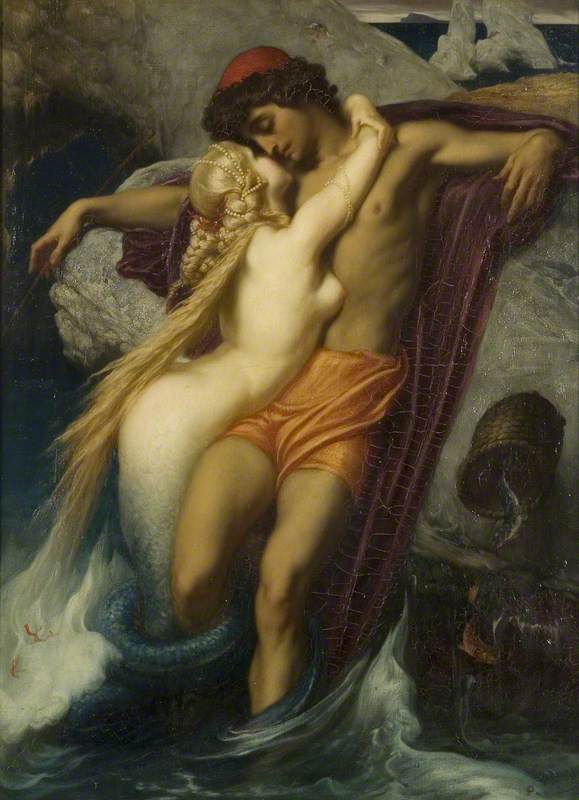
The Little Mermaid
Sacha explained to me that sometimes these icons don’t have queer connections in origin, but there are magical moments where they do. One of the most popular representations of mermaids in visual culture today is probably Disney’s adaptation of the Hans Christian Andersen story The Little Mermaid. Interestingly, both versions of the story have LGBTQ+ roots in their own ways. If you listen to the full episode above, you can hear a brief retelling of the tragic story as originally written by Andersen. In this version, the mermaid loses her voice, doesn’t get her prince, and is turned into sea foam at the end of the tale.
'The really powerful thing is that Hans Christian Andersen wrote this story just after being rejected by a man. He was writing to a guy called Edvard Collin. We have letters that he wrote and diary entries where he was deeply, deeply besotted with this guy,' says Coward. 'We can’t use the word ‘gay’ in that word didn’t exist and also, if anything, he was kind of bi-romantic. So he fixated on men and women that were out of his reach.'
After Andersen’s advances were rejected by Collin, he became dispirited and went on to write the sad story of The Little Mermaid. Coward poetically refers to this as 'the most tragic gay love letter never sent.' In taking in the full context of the story, Coward poses some questions for thought: 'why is this a creature that is half one thing, and half another? Why is this a creature that can’t come up onto land without being cursed? Why is this a creature that doesn’t get her prince at the end and has her voice silenced?... Because of the origins of that story, which may not have been known at the time, mermaids suddenly have this queer origin story that really excites me.’
As is the case with many Disney adaptations, the animated version is quite different from its original source story. Even still, Coward talks about the interesting queer connections that can be found in this version. ‘[Howard Ashman] wrote the song [lyrics] and helped design some of the characters. Howard was a gay man and he sadly passed away from HIV. This is a man who’s written songs such as Part of Your World, and if you can think of it from that perspective of a man in the 1980s going through that experience where there was this disease where people were dying in the thousands – where he was losing close friends and lovers – and then he finds he has this disease too.’ says Coward. He also explains how the look for character of Ursula the sea witch was based on Divine, a popular drag queen.
It’s worth mentioning at this point that there’s a charity in the UK that works to support transgender and gender non-conforming young people named Mermaids, which really speaks to the power of the symbol in the LGBTQ+ community.
‘There’s a beautiful painting in the Queen’s House by Evelyn de Morgan called The Sea Maidens, which is a depiction of a scene in the original story by Hans Christian Andersen with all of these mermaids, and they’re the sisters of Ariel,’ says Coward. ‘They’re the same model painted over and over and over again, and we now know that Evelyn had a very close and passionate relationship with this woman. And [Evelyn] was actually buried next to her husband, but also next to this model. And [she] appeared in the Tate’s queer British artists exhibition.’
Other mythical creatures in queer culture
Outside of mermaids, I was curious to find out about other mythical creatures that have found a home in the community. In particular, the unicorn has become increasingly popular and often, where you find a unicorn, you’ll find a rainbow – another strong queer symbol. ‘A lot of my queer friends will describe themselves as unicorns. There’s even a whole cultural subset of people that wear rainbow unicorn horns,’ says Coward. ‘Then you’ve got fairies – the fact that ‘fairy’ is a British slur against gay people... and we’ve taken that back. Then you have the whole thing with Dorothy and the Wizard of Oz. The high camp, high colour, and the fact that we will often refer to other gay people as ‘a friend of Dorothy’.’
Coward says it’s not only about the colourful and whimsical nature of some of these creatures, it’s also that they blur the lines of what’s considered ‘normal’. ‘The great thing about things like mermaids and fairies is they take features of one creature and mix them with another, and they break the rules of what an animal ‘should’ look like, and in the same sense, the rules of how men and anyone should behave.’
So, maybe now you fancy being a mermaid hunter like Sacha. First you’re going to need to know where to look. ‘Often these images appear as illustrations of fairy tales. Mythical creatures are symbolic of countries. So when you have big, grand paintings that tell you about the power of the British Navy, you’ll often see allegory within that of unicorn heraldry or hippocampi. Hippocampuses are sea horses in the most specific sense – they’re half-fish, half-horse. And then you have mermaids being a symbol of the dangers and beauty of the sea. So allegory often is how you find these in paintings.’
Listen to the full episode to hear more stories of mythical creatures in art and the queer community, and ignite your passion to join Sacha Coward as a mermaid hunter.
Explore more
Art Matters podcast: queer culture and art
Five powerful queer stories told by portraits
The artists who confronted gender norms
Listen to our other Art Matters podcast episodes
